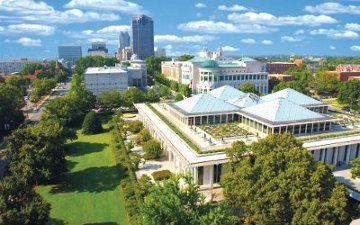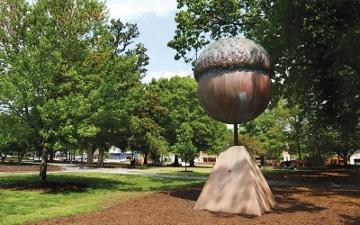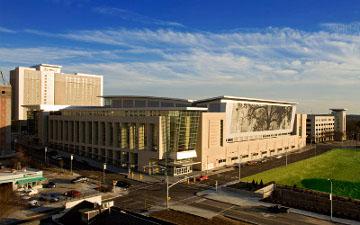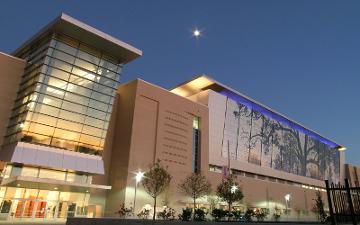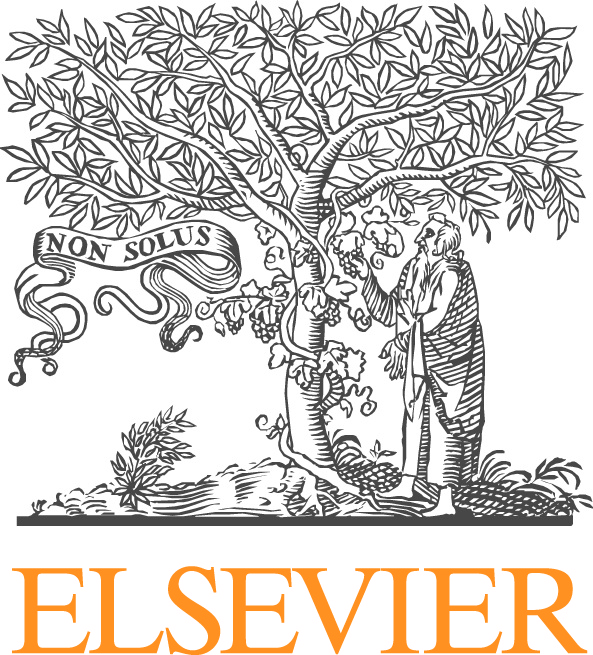
Computational Mechanics and Biology of Tissues
Elisa Budyn, Patrick Chabrand, Thierry Hoc, Rob Krams
Recent technological advances in experimental techniques have taken the investigation of the mechanics of biological tissues down to the nano scale. To complement fundamental experimental research on biological tissues, novel computational methods can support the construction of theoretical models that make it possible to understand the complexity of the constitutive behaviors of biomaterials. These computational methods also play a key role in the image processing of the experiments in particular at the cellular level to unlock essential biology function in particular at the celluar level to characterise phenomenon such as mechano-sensing and mechano-transduction. Despite the tremendous challenges these methods are facing, collaborative experimental and theoretical efforts have the potential to overcome scientific barriers quickly and transform the bioengineering community.
This symposium will focus on the modeling of tissue mechanics and biology. The biological tissues considered include cardiac, connective, muscle, neural, epithelial and endothelial tissues. This symposium will also consider the investigation of the mechanics of the cells of the aforementioned biomaterials in relation to their physiological response modeled in the frame of mechanobiology. Are welcome solid mechanics studies of the musculoskeletal system and soft tissues as well as fluid structure interaction models for cardiovascular descriptions and endothelial cells mechannics. Growth models to describe the mechanics at the interface between biological tissues and biocompatible materials will also be considered.
Targeted themes:
Cell mechanics and modeling, mechanics of cellular sub-structure, cell biology, cell interactions, cell growth, cell imaging, mechanobiology, mechanosensing and mechanotransduction. Tissue mechanics and characterisation, constitutive modeling, tissue remodeling, tissue/tumor growth, tissue pathological evolution, tissue imaging, multi-scale and multi level models.
